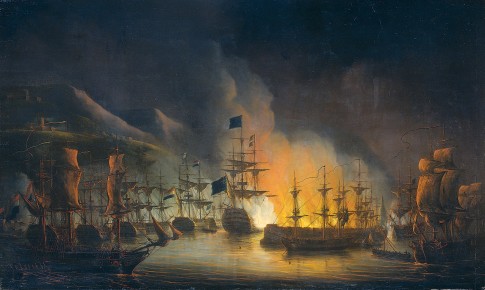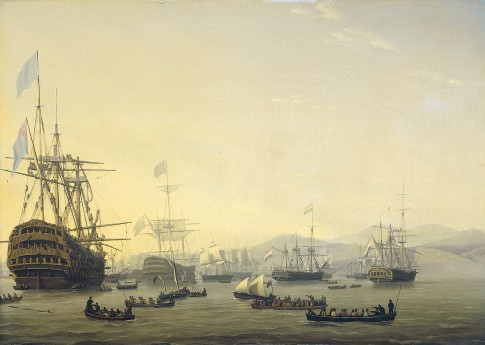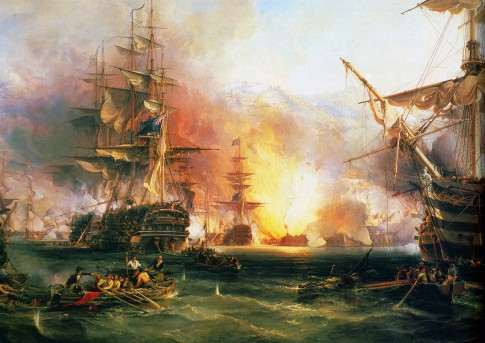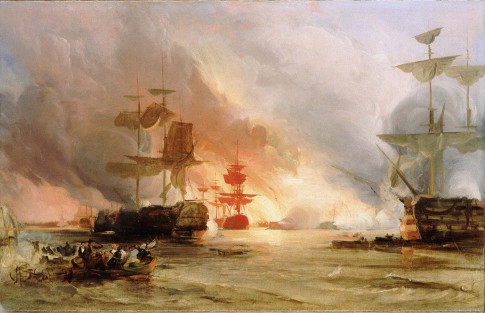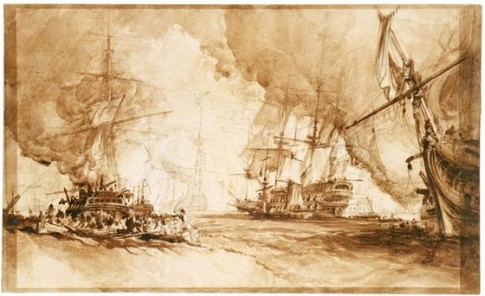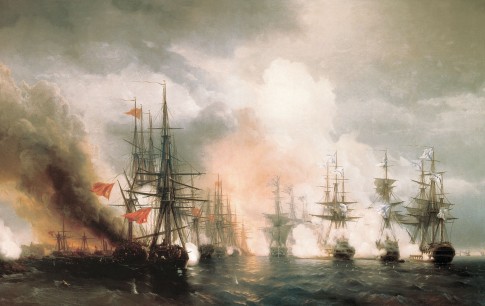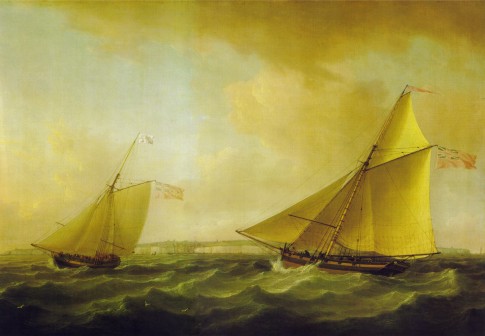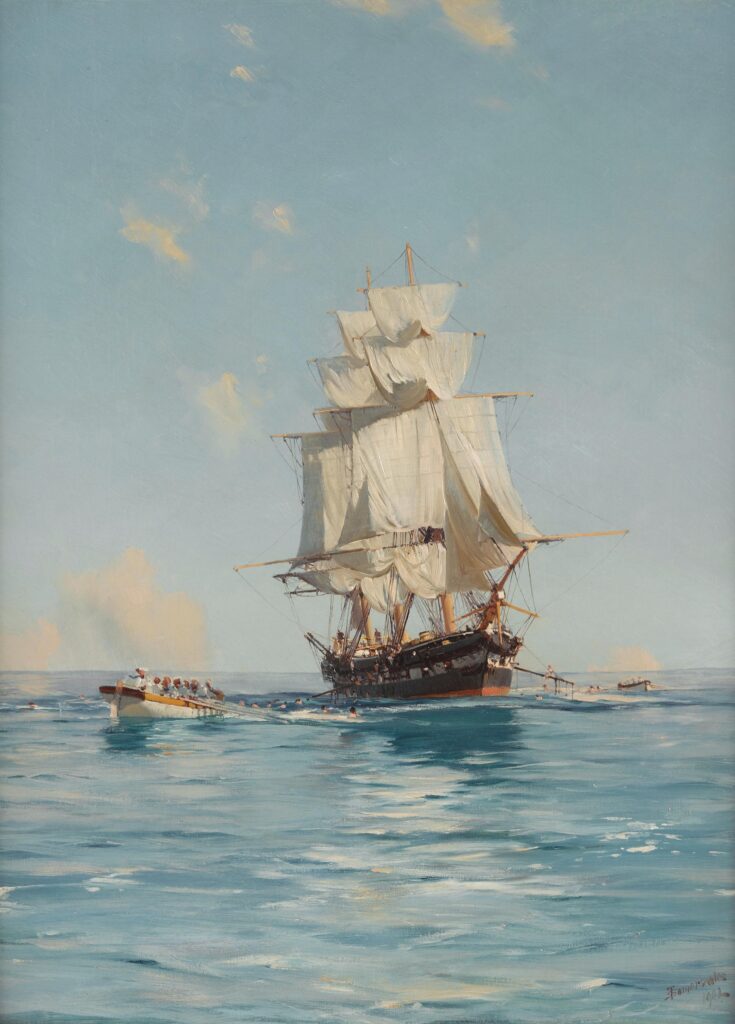
Sometimes, a painting doesn’t need a dramatic storm or a roaring sea battle to make you stop and look. Sometimes, it’s the quiet moments that really pull you in. That’s exactly what Thomas Jacques Somerscales captures in his 1902 painting A Bathing Party, HMS Clio.
At first glance, it’s just a ship anchored on a calm day, sails partly furled and the sea like glass. But look a little closer, and the real story comes into focus. There are sailors swimming in the water, a rowboat full of crewmates heading out for a dip, and the kind of laid-back, sun-drenched vibe you don’t usually associate with naval life.
Somerscales was a British artist who spent a big part of his life in Chile, and you can tell he knew his way around a ship. But what makes this painting stand out isn’t just the technical accuracy-it’s the mood. It feels real. You can almost hear the laughter, the splash of oars, the shouts from the deck. It’s one of those rare paintings that gives you a peek into the everyday side of history.
The light in this piece is something else. The bright sky, the soft clouds, the way the sunlight dances on the water-it all feels warm and easy. You get the sense that these sailors were really enjoying a break from the routine. No drills, no orders, just a good swim on a hot day.
I love how relaxed this whole scene is. It’s not trying too hard to impress; it’s just sharing a moment. And that makes it all the more powerful. This isn’t just a painting of a ship. It’s a snapshot of downtime, of normal life at sea. It reminds us that even in the strict world of the navy, there were still smiles, swims, and sun-soaked afternoons.
If you’re into maritime history or just love art that tells a quiet story, this one’s definitely worth a closer look.
